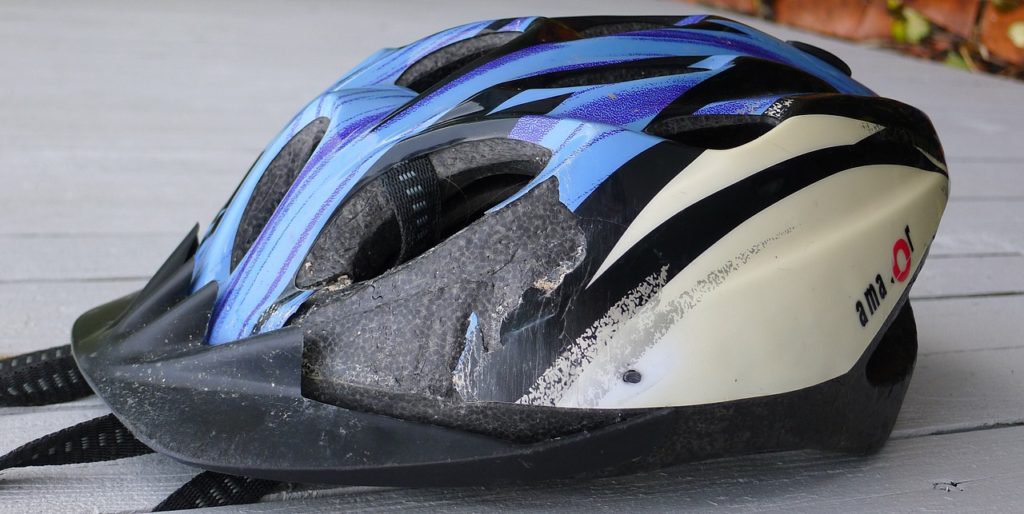- Lifetime licence bans are needed to fight drinking and driving - January 6, 2021
- Tinted windows in automobiles: are they permitted in Ontario? - August 7, 2020
- Recent cycling deaths point to a need to make roads safer - July 27, 2020
When a bike and a car collide and the cyclist suffers head injuries, it is essential to start gathering evidence as soon as possible, says Toronto critical injury lawyer Patrick Brown.
Brown, partner with McLeish Orlando LLP, says his firm was recently involved in a case where a cyclist and a car came into contact at a Toronto intersection.
The police report, which relied on information given by the car’s driver, stated that the bike made a left turn into the vehicle, he says.
“Our client, who suffered a traumatic brain injury, was unable to remember anything about what transpired that day,” Brown says.
Hired private investigator
In order to build a case, Brown says he immediately hired a private investigator who visited the intersection and went door to door in the neighbourhood, asking for information about the event.
“Our investigator found two people who were at the scene just minutes after the crash occurred,” he says.
Brown says the information they provided, plus other evidence from the area, were given to a forensic engineer, who was able to recreate the accident scene.
His recreation painted a much different picture than the one given in the police report, he says.
“The most important thing we did was to immediately get information from people in the vicinity, in relation to the area of impact,” says Brown. In addition to witnesses, preserving the scene with photographs is essential. In this case, the road markings changed following the crash, he says.
“If we didn’t have those photos showing the changes, it would have been really difficult to prove this case,” Brown says
“At the end of the day, our client received a reasonable and just award,” he says, “and the reason it worked out well was just that we were able to get that evidence right away.”
‘Systemic bias’
Another reason it is important to have an independent investigation is to what Brown called a “systemic bias” by some against cyclists. Brown says this “inherent cultural bias against cyclists,” was recently exposed in a study coming out of Australia.
More than 400 people were asked to rate cyclists on evolutionary scales, with around half of non-cyclists saying bike riders were “less than fully human.”
The study found that 17 per cent of respondents said they used their car to deliberately block a cyclist, 11 per cent reported having deliberately driven close to a bike, and nine per cent admitted to using their vehicle to cut off a cyclist.
“Because of this mindset, it makes it even more essential for lawyers doing cycling cases to ensure that they have an immediate response by their private investigators and forensic engineers,” says Brown.
Since cyclists often suffer head injuries in crashes, “It’s not unusual that they are unable to give us their side of the story,” he says
With bicycle crashes, Brown says it is crucial that investigators get to the scene and gather evidence as soon as they can, “as otherwise, you will probably never be able to prove your case.”

